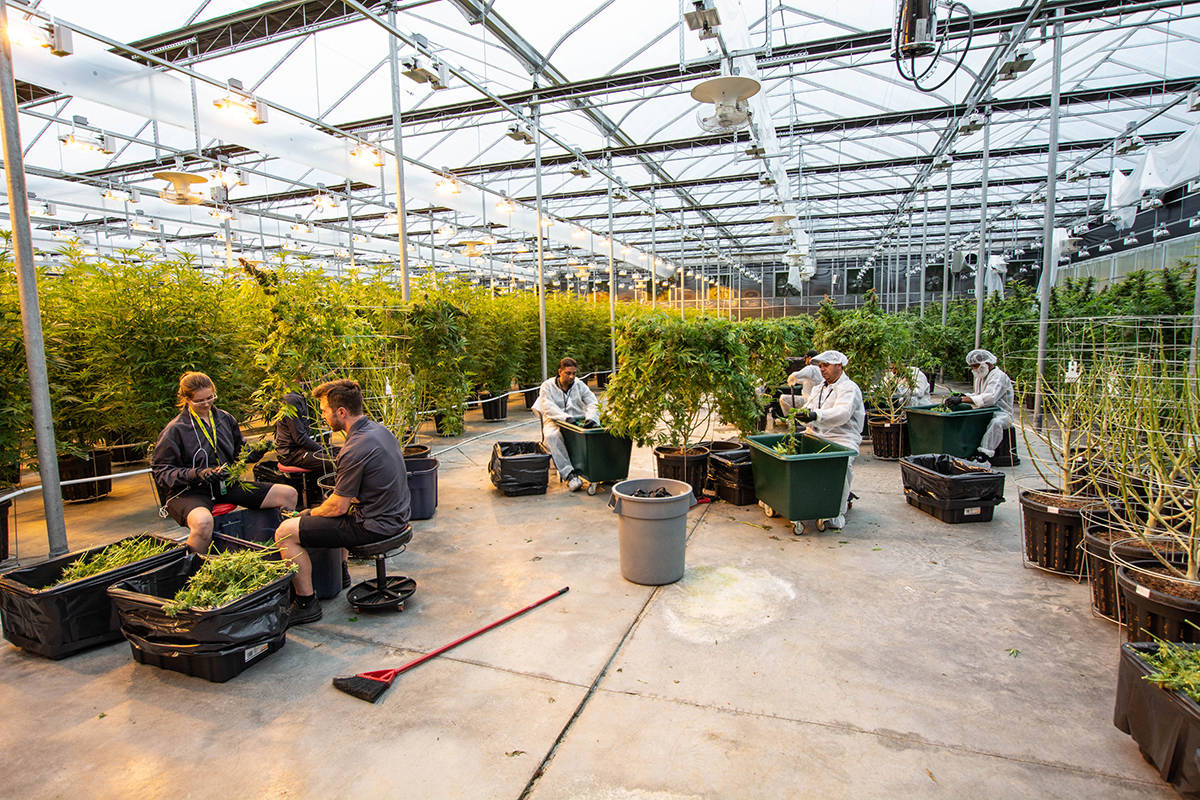By Salina May
All industries have some degree of environmental impact, and the cannabis industry is no different.
At a time when consumer education and availability of information is at an all-time high, many are demanding the products they buy lessen their environmental impacts. Companies are looking to reduce their energy use and packaging, reduce their by-products and emissions, and give back to communities, all of which benefit consumers, society and the environment.
Canada made the cultivation and sale of cannabis legal for medicinal purposes in 2001, and for recreational purposes in 2018.
This resulted in an industry boom, and as of June 2020, cannabis cultivators held licences for approximately 487 hectares of outdoor space and 196 hectares of indoor growing space (up from zero hectares of licensed outdoor space and approximately 153 hectares indoor growing space).
This dramatic increase in production comes with an environmental cost, through the clearing of forests for cultivation land, the use of energy and water resources, and the use of chemicals.
Scale matters, and as Canada’s cannabis industry is rapidly developing, increased production has potentially deeper environmental impacts.
The study found that restricting cannabis to small-scale operations instead of large industrial operations can actually have a greater environmental impact, because it increased forest fragmentation through many scattered small-scale growing operations.
Water and energy use are dependent upon the type of cultivation (indoor vs. greenhouse vs. outdoor) and location (northern climates have less total daylight and require more heating energy). Yet, many of the environmental problems are linked to illegal cannabis cultivation in unregulated areas.
For instance, water theft is a problem with illegal growers irrigating without a licence in headwater areas, which can magnify with many users in a watershed, causing low water levels or even causing streams to dry up.
Illegal growing is often set up in areas that are environmentally pristine, because those areas are also good for avoiding detection by the law. Because of this, legalizing and regulating cannabis likely has a beneficial effect on the environment.
The main environmental impact of indoor cannabis growing is carbon footprint and greenhouse gas emissions. Energy is required not only for lights to grow the plants, but also for air circulation and cooling to compensate for the heat given off by the lights. The industry also consumes resources such as fertilizers, pesticides and herbicides.
Canadian cannabis consumers will be familiar with another environmental factor – the overpackaging of cannabis products legally required by Health Canada. Labels require certain information be put on all cannabis sales, often requiring the packaging to be much larger than would be needed for small amounts of cannabis. As well, plastic packaging is often not recyclable, and therefore ends up in landfills.
There is good news on the environmental front as many Canadian cannabis companies are starting to work toward improving their environmental outcomes. Some companies, for example, have been working on plastic alternatives to packaging, such as recyclable organics, or recyclable metal cans.
A consumer group called the Alberta Bottle Depot Association is lobbying for Alberta to use container deposits for cannabis products just like beverage products. And in B.C., the cannabis company Tweed has partnered with the waste management company Terracycle to have consumers able to return cannabis packages for recycling.
Other companies have taken other creative initiatives to lessen their environmental impacts. Rubicon Organics, which was the first cannabis company in Canada to receive the Environmental Farm Plan from B.C.’s ministry of agriculture, has a comprehensive environmental operations plan including net-zero energy (all electricity generated through hydro power) and net-zero waste (carbon capture and reuse, as well as generated CO2 used as a crop supplement).
There are a number of Canadian companies that use initiatives such as no synthetic pesticide or fertilizer use, and rainwater recapture for watering the plants.
Cannabis companies Good Buds and Whistler Medical Marijuana Corporation (WMMC) use living soil practices, which reuses soil for up to two years for grow operations rather than the conventional practice of throwing it out and starting fresh after each crop.
Technology improvements in the industry have also helped companies to become more sustainable, such as the use of energy-efficient LEDs to replace high-energy lights such as sodium or metal halide.
The cannabis that consumers purchase does come with an environmental cost, but as consumers demand better sustainability practices, the environmental impact can be diminished.

